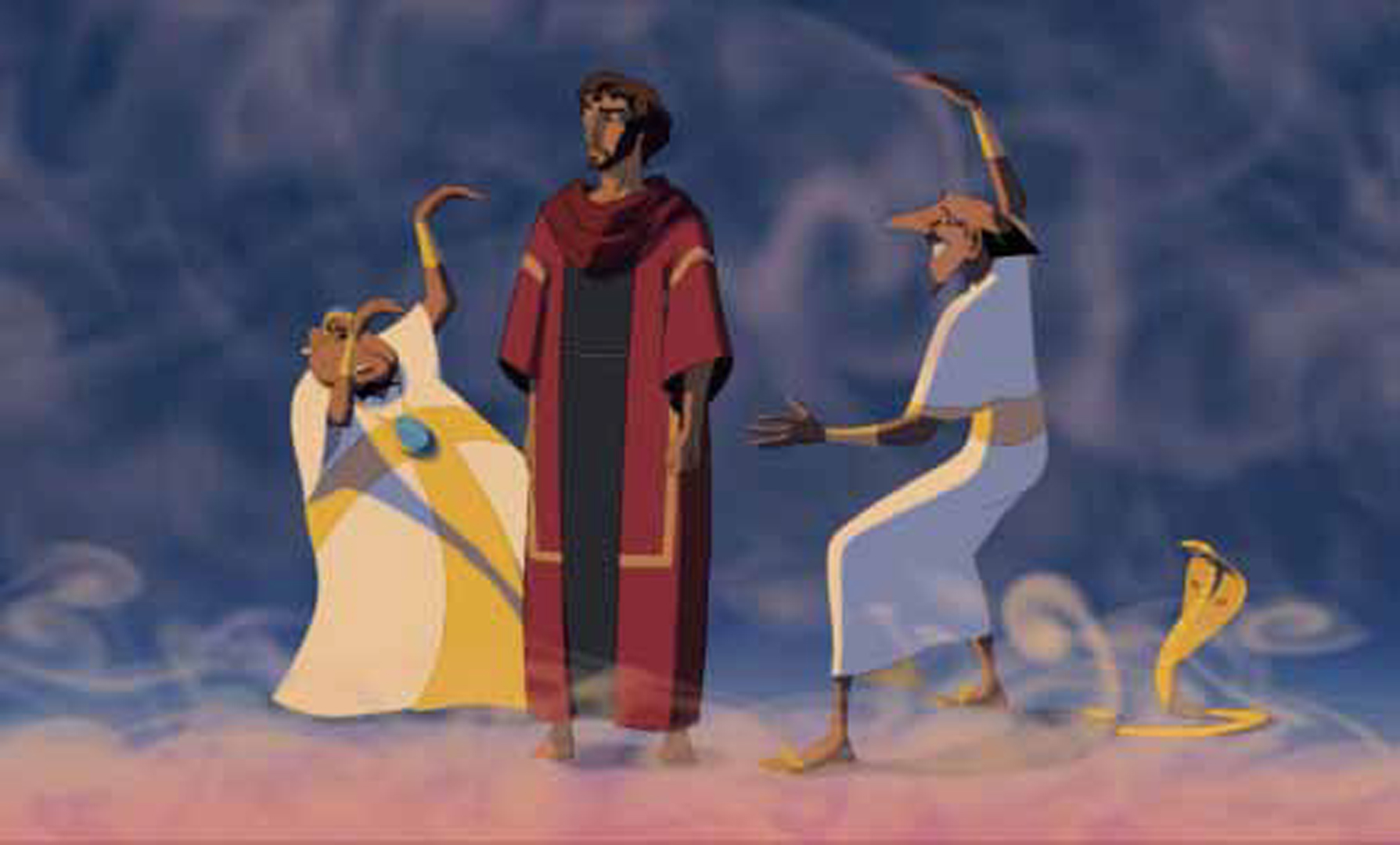“Computational fluid dynamics in a traditional animation environment” by Witting
Conference:
Type(s):
Title:
- Computational fluid dynamics in a traditional animation environment
Presenter(s)/Author(s):
Abstract:
This paper presents a system that uses computational fluid dynamics to produce smoke, water, and other effects for traditionally-animated films. The system was used in over twenty scenes in the animated feature film The Prince of Egypt. Animators use images and animation sequences to drive two-dimensional numerical simulations of the time-dependent compressible Navier-Stokes equations. For instance, images can be used to initialize temperature fields which cause dynamic buoyancy-driven vortices to evolve. In addition to being image-driven, the system is unique in allowing for compressibility of the fluid, and in its use of partial differential equations for texture mapping.
References:
1. Milton Abramowitz and Irene A. Stegun. Handbook of Mathematical Functions, With Formulas, Graphs, and Mathematical Tables. Dover, 1974.
2. Cassidy J. Curtis, SeanE. Anderson, JoshuaE. Seims, Kurt W. Fleischer, and David H. Salesin. Computer-Generated Watercolor. In Computer Graphics, pages 421-430. ACM SIG- GRAPH, 1997.
3. John A. Dutton. The Ceaseless Wind. Dover, 1986.
4. David S. Ebert and Richard E. Parent. Rendering and Animation of Gaseous Phenomena by Combining Fast Volume and Scanline A-buffer Techniques. In Computer Graphics, volume 24(4), pages 357-366. ACM SIGGRAPH, 1990.
5. C.A.J. Fletcher. Computational Techniques for Fluid Dynamics. Springer, 1990.
6. Nick Foster and Dimitris Metaxas. Realistic Animation of Liquids. In Graphical Models and Image Proc., volume 58(5), pages 471-483, 1996.
7. Nick Foster and Dimitris Metaxas. Modeling the Motion of a Hot, Turbulent Gas. In Computer Graphics, pages 181-188. ACM SIGGRAPH, 1997.
8. Bertil Gustafsson, Heinz-Otto Kreiss, and Joseph Oliger. Time Dependent Problems and Difference Methods. Wiley, 1995.
9. Michael Kass and Gavin Miller. Rapid, Stable Fluid Dynamics for Computer Graphics. In Computer Graphics, volume 24(4), pages 49-57. ACM SIGGRAPH, 1990.
10. JosephB. Klemp and Robert B. Wilhelmson. The Simulation of Three-Dimensional Convective Storm Dynamics. Journal of the Atmospheric Sciences, 35:1070-1096, 1978.
11. Sir Horace Lamb. Hydrodynamics. Dover, 1932.
12. Karl Sims. Particle Animation and Rendering Using Data Parallel Computation. In Computer Graphics, volume 24(4), pages 405-413. ACM SIGGRAPH, 1990.
13. Jos Stare and Eugene Fiume. Turbulent Wind Fields for Gaseous Phenomena. In Computer Graphics, pages 369-376. ACM SIGGRAPH, 1993.
14. Jos Stare and Eugene Fiume. Depicting Fire and Other Gaseous Phenomena Using Diffusion Processes. In Computer Graphics, pages 129-136. ACM SIGGRAPH, 1995.
15. Philip A. Thompson. Compressible-FluidDynamics. Rensselaer Polytechnic Institute Press, 1988.
16. Jakub Wejchert and David Haumann. Animation Aerodynamics. In Computer Graphics, volume 25(4), pages 19-22. ACM SIGGRAPH, 1991.
17. Frank M. White. Viscous Fluid Flow. McGraw-Hill, Inc., 1991.
18. Patrick Witting. Numerical Investigation of Stratus Cloud Layer Breakup by Cloud Top Instabilities. PhD thesis, Stanford University, 1995.
19. Larry Yaeger, Craig Upson, and Robert Myers. Combining Physical and Visual Simulation – Creation of the Planet Jupiter for the Film “2010”. In Computer Graphics, volume 20(4), pages 85-93. ACM SIGGRAPH, 1986.




